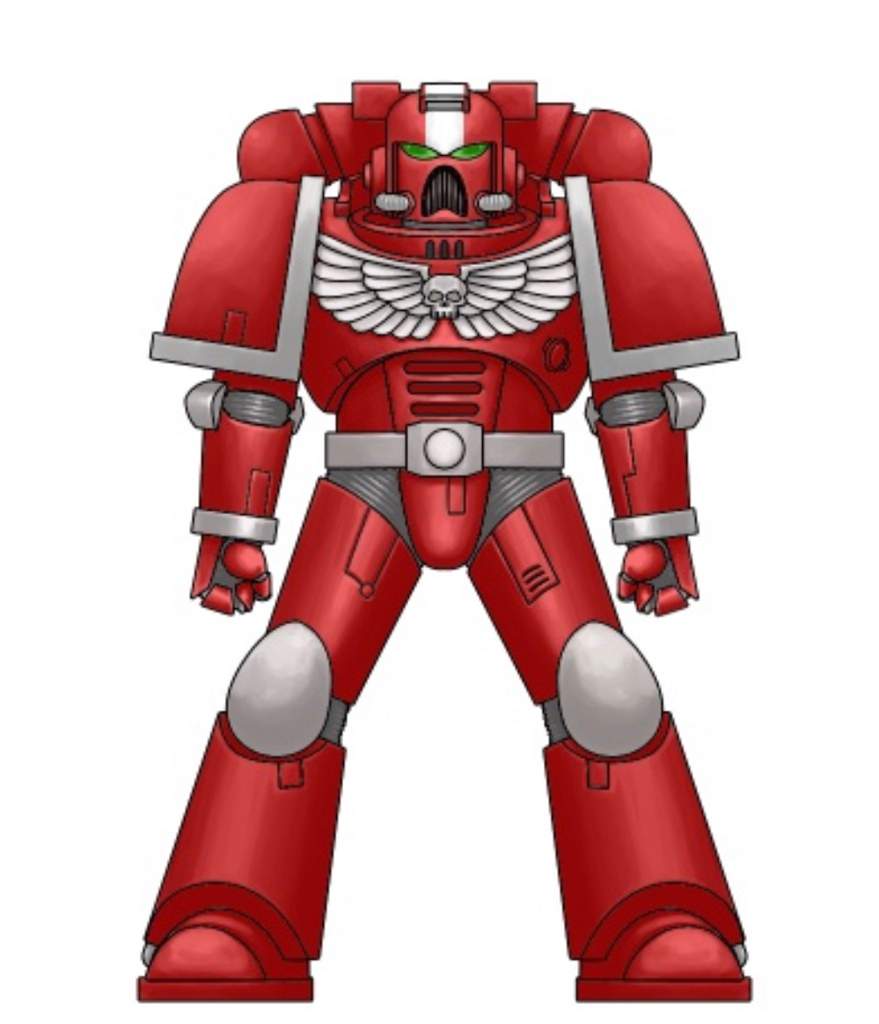

So the only real difference is the turn-based map screen in which you plot out moves, which is an attractive rendition of a solar system instead of simpler planetary terrain.įurthermore, a lot of story seems to have been sacrificed to provide a nonlinear campaign. The number of territories to be conquered is roughly the same at 31, and you can hop between worlds like you were walking across the street. Regardless, there aren't any serious differences between the single-planet campaign in Dark Crusade and the multiplanet one here. The only change here is that your war rages over territories spread between four planets and three moons in the Kaurava system, which gives the campaign more of an intergalactic atmosphere. If you've already developed solid playing styles for the Imperial Guard or the Orks, you don't have to make too many changes to be effective while fighting as the Sisters or the Dark Eldar.įew surprises are on offer in the campaign structure, either, which is a straight rip of the one in Dark Crusade. But even though these features give the factions plenty of personality-particularly the Sisters, whose Canoness leaders screech loony battle cries like "Witchcraft, heresy, and mutation!"-neither brings much new to the table when it comes to gameplay. The Dark Eldar are almost as memorable, due to a nifty slave-and-demon thing going on with regard to units, and a new soul-essence resource that powers enemy-blasting combat abilities. The Sisters are most notable for such downright spooky units as the Penitent Engine, which consists of a heretic strapped to the front of a crucifix bot loaded with flamethrowers, and a faith resource that juices what amounts to battlefield spells.

Here, the two new sides are the fanatically religious Sisters of Battle, a group of pissed-off space nuns who take Catholic guilt to a whole new level, and the sadistic Dark Eldar, who chow down on souls for fun. The big additions to the Warhammer 40K family are, once again, two more factions and a nonlinear campaign based on a Risk-style turn-based tactical map.

When you get right down to it, Soulstorm is pretty much a carbon copy of Dark Crusade. Guts, gore, and plenty of gunplay are the hallmarks of every campaign mission. Only the presence of tried-and-true action-packed gameplay, along with the introduction of two new factions and an expanded nonlinear campaign, elevates the proceedings above a feel-good exercise in recycling, and these elements are so similar to those introduced in Dark Crusade that you're guaranteed to have a couple of flashes of deja vu. Consequently, this stand-alone add-on has a been-there, done-that vibe. Warhammer 40,000: Dawn of War: Soulstorm, the third and presumably final addition to the four-year-old real-time strategy franchise based on Games Workshop's billion-dollar tabletop-game system steals its best moments from 2006's fantastic Dark Crusade expansion.


 0 kommentar(er)
0 kommentar(er)
